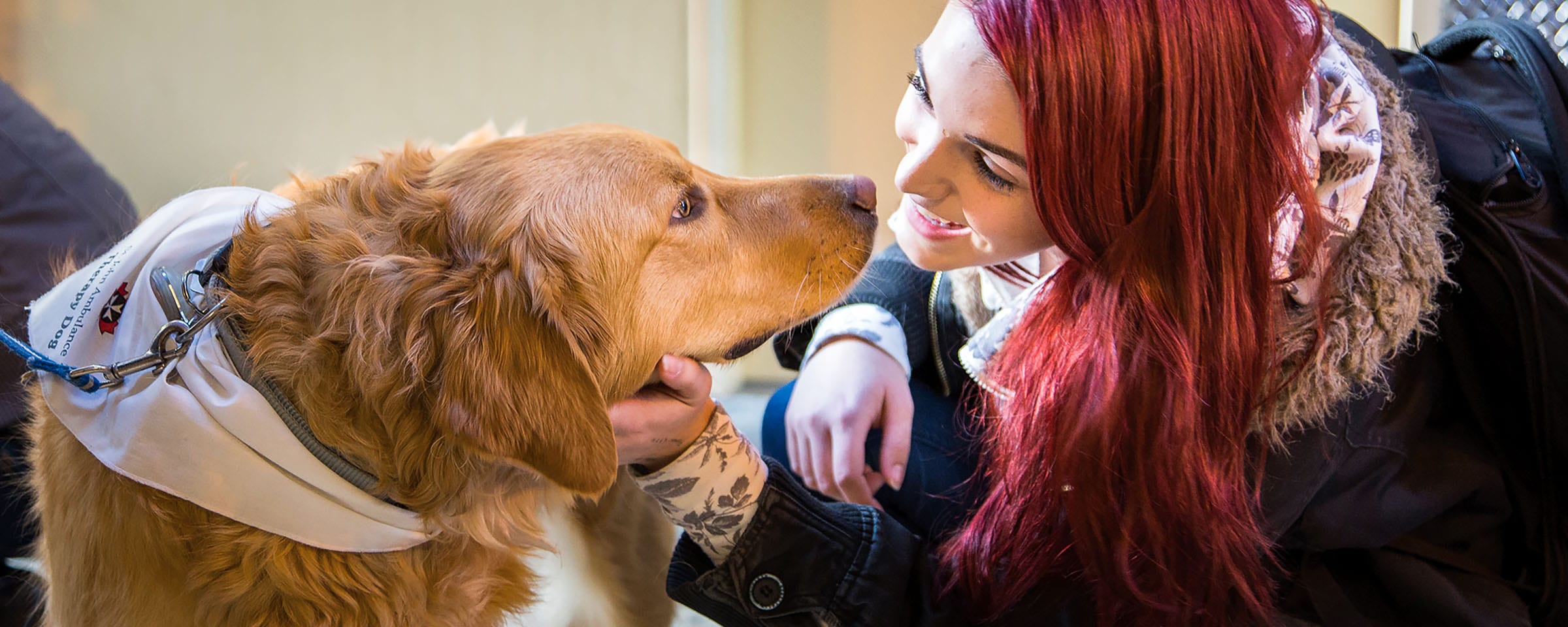Exercising when sick
You’re coughing and sneezing but your exercise routine has achieved a nice rhythm and you don’t want to lose momentum. There are two voices in your head—one encouraging you to rest—the other urging you to get up and go. Now what do you do?
It’s the toughest call and it’s and it’s usually made under duress.
Fear of prolonging the illness holds you back; the desire to work up a sweat spurs you on. What should you do, heed the advice of others to rest and wait it out, or follow your instincts, and soldier on despite the congestion?
Conflicting reports about the consequences of exercising when sick only add to your dilemma. You’ve read that it’s a good move, but other evidence points to it being bad. And feeling crummy isn’t making your decision any easier. Being active helps you alleviate some of the stress from exams and holidays yet do you conserve your energy for that all-nighter you are sure to pull for your final exam.
Well, you can take comfort knowing that every person who enjoys exercise has, at one time or another, shared in your agony. It’s about risk-taking. The risk of increasing the severity and duration of the cold, spreading the infection to other organs, leading to injury due to weakness and coordination issues, etc., are increased while exercising with a lower respiratory illness.
Your first consideration should be the people around you. Do the other members in the Loft, at the EDC Fitness Facility or your teammates want to be around you while you are sneezing, and coughing. They won’t appreciate you too much if you pass your bug onto them. So if you think you are infectious, stay home.
Assuming you are not contagious do the following quick check to help you decide whether to exercise or not. If symptoms are above the neck (and you don’t have a fever), such as runny nose, sore throat and sneezing, continue training. Go slow at first, and if you feel energized continue, increasing the pace. Complaints below the neck, namely chest cold, fever, muscle soreness, and aching joints, provide ample reason to stay in bed.
If you do make the decision to exercise start at lower intensity. If you feel fine, increase the intensity but considering shortening your workout.
If you feel the need to workout and are sick remember these important tips
- Eat a well-balanced diet.
- Avoid rapid weight loss. Rapid weight loss have been shown to impair immune function.
- Try and get a good nights rest. Lack of sleep can reduce immune functioning
- Avoid over-training and chronic fatigue. Space workouts or activities as far apart as possible. Keep “within yourself” and don’t push beyond your ability to recover.
- Drink more water.
- Limit alcohol intake. Alcohol can be dehydrating which, in turn, may decrease your resistance to bacteria.
- Finally, listen to your body. If you are really sick you will feel better and recover faster if you let yourself rest. The sooner you get better the sooner we can see you back in your yoga class or on the ice with your teammates.



 According to
According to 










